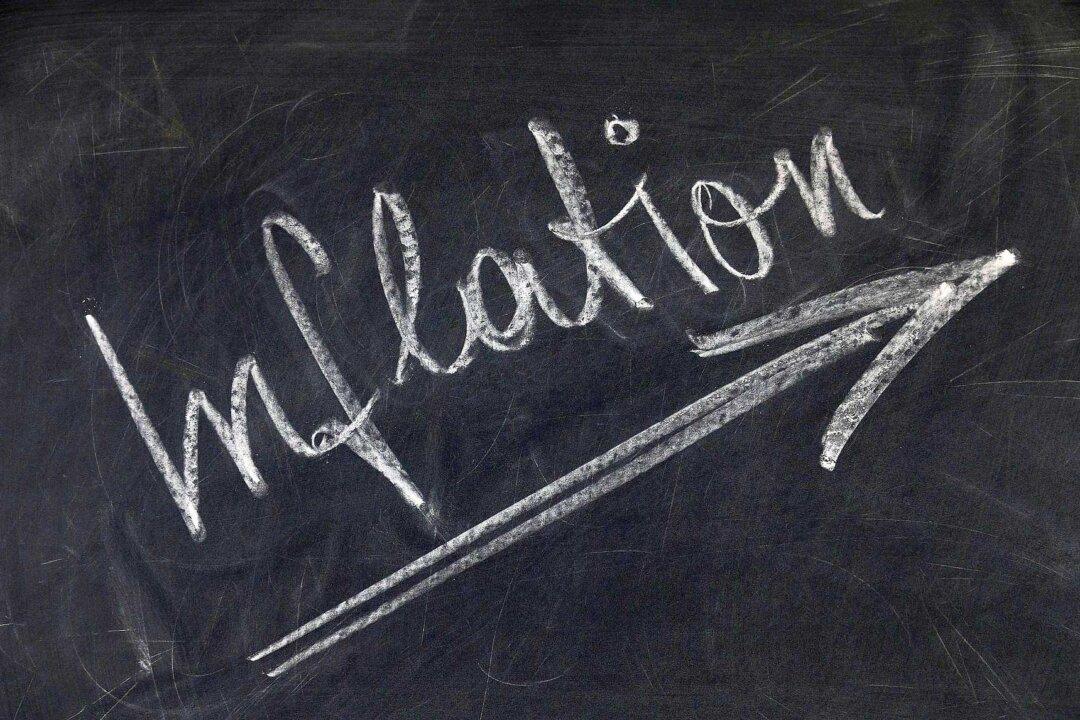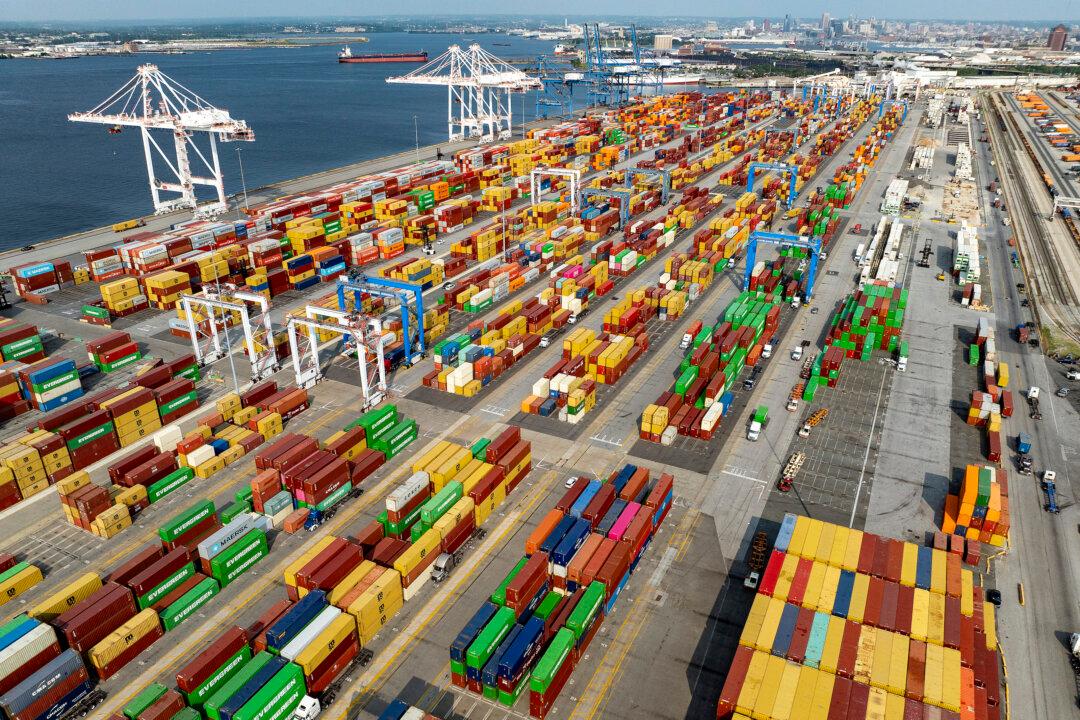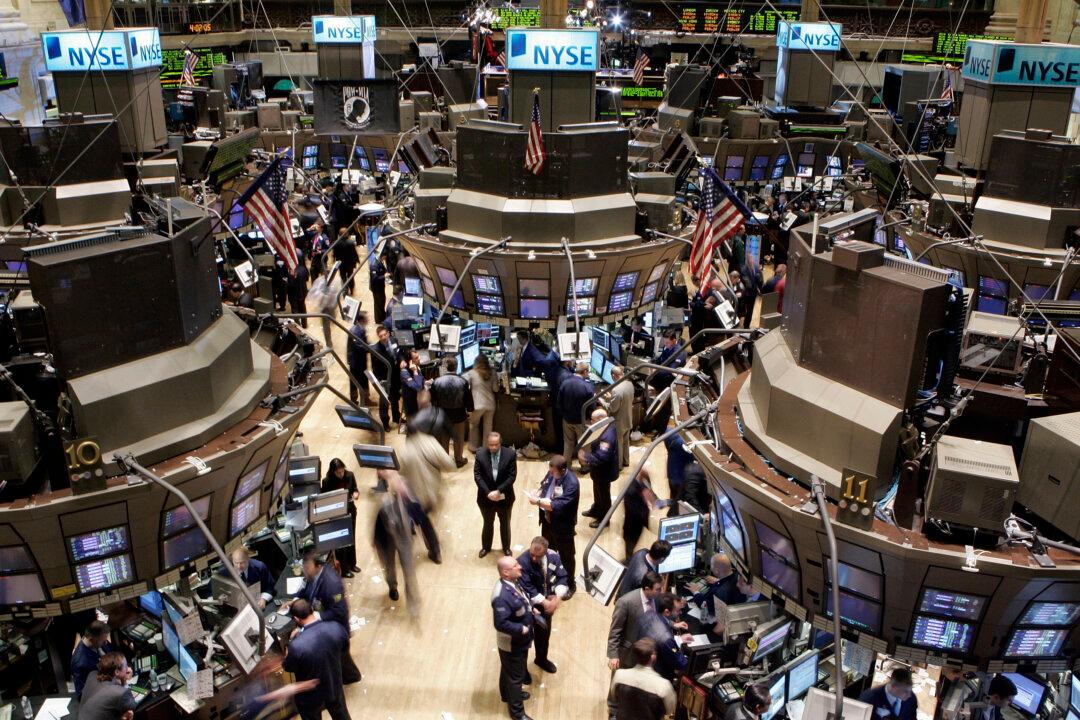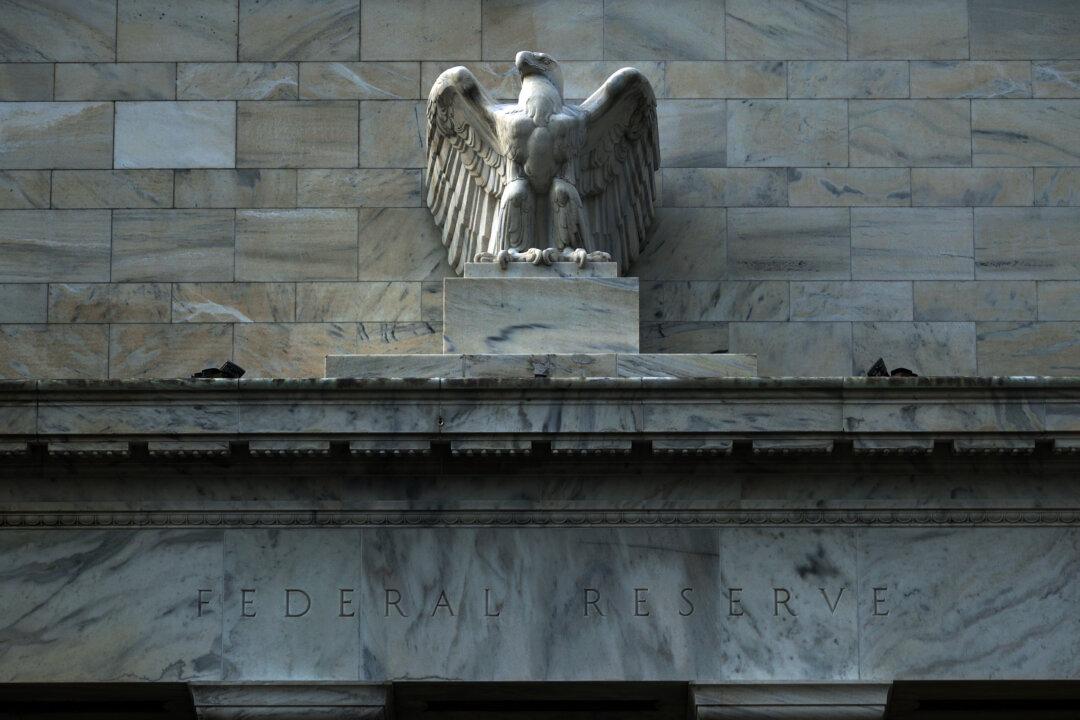Commentary
Central banks continue to be obsessed with inflation. Current monetary policy is like the behavior of a reckless driver speeding at 200 miles per hour, looking in the rearview mirror, and thinking, “We haven’t crashed yet. Let’s accelerate.”





